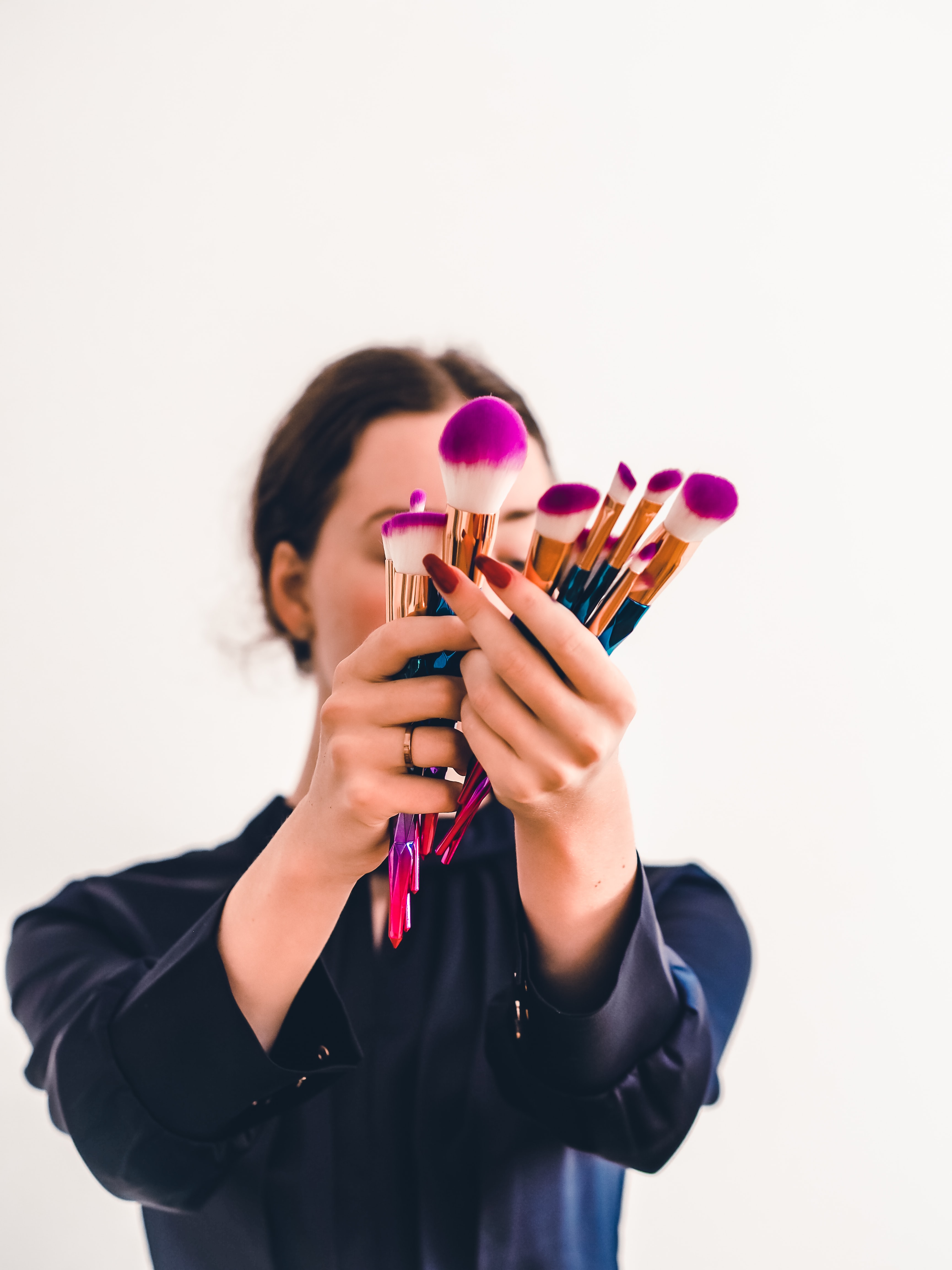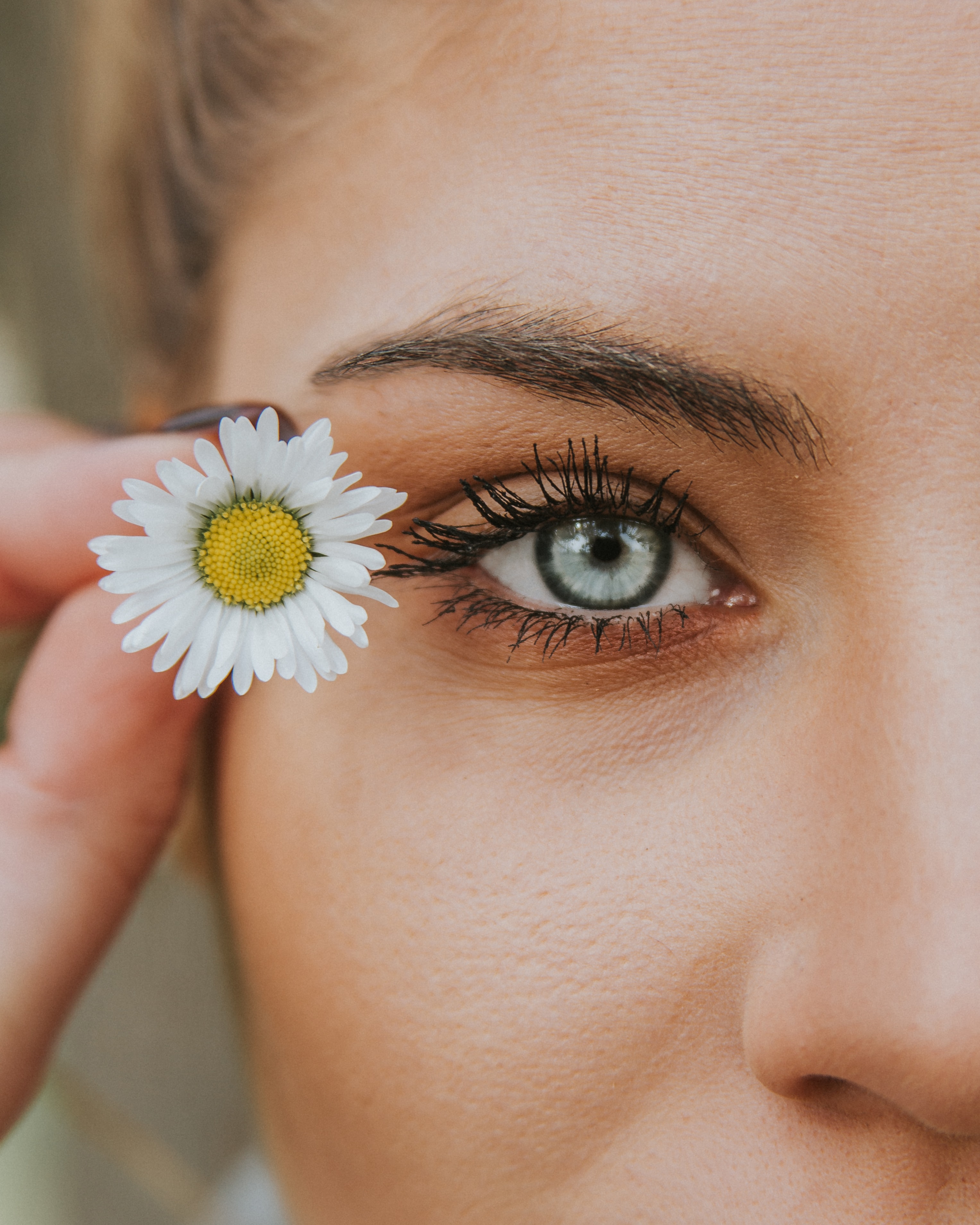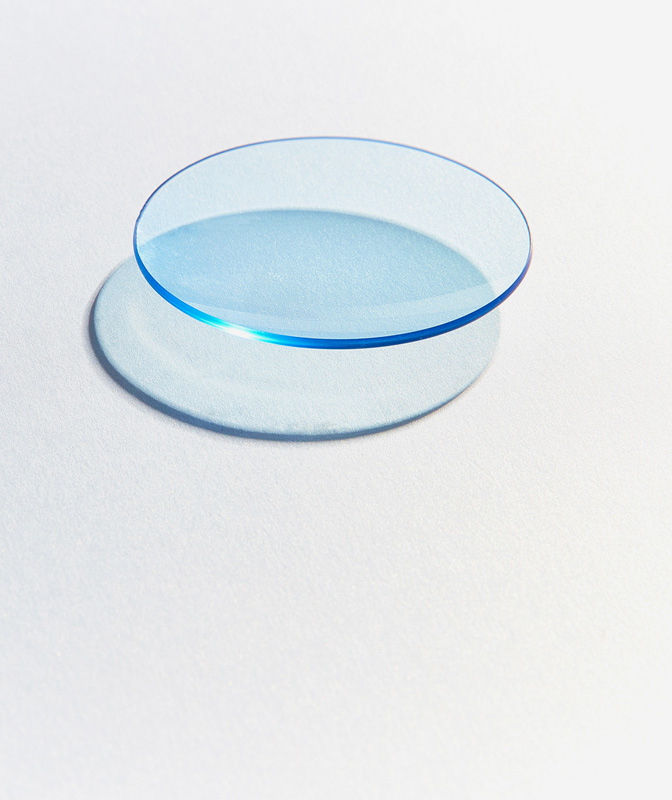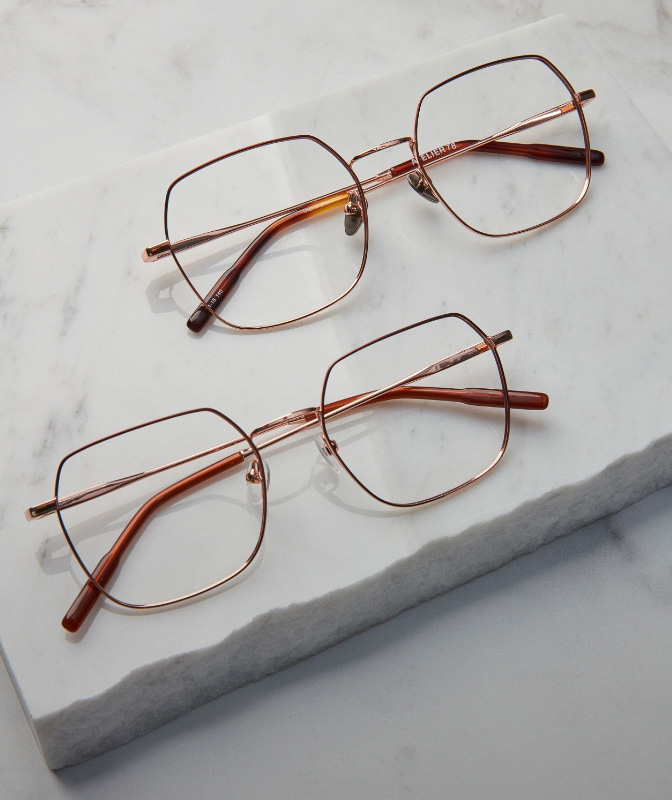Select your makeup carefully to avoid any reactions
According to Dr. Duong, “If you have sensitive skin, you are most likely to have sensitive eyes, too”. When you are purchasing beauty products, select options that are hypoallergenic or made for sensitive skin. Organic products also tend to be preferable, since the products don’t usually contain too many toxic or irritating substances. Are you wondering what 3M, 6M and 12M mean? These indicate your product’s lifespan (3, 6 and 12 months), which you should always respect!
Put your makeup on the “right” way
Did you know that the way you apply your mascara and eyeliner can have an impact on your ocular health? Try applying mascara at the edge of your lashes and not the base, using small brush strokes to protect your eyes. It’s also better to apply eyeliner either above your lash line or underneath your bottom lashes, rather than on the inside rim of your eye. Why? Because makeup clogs your Meibomian glands, which can lead to unfortunate complications.
If you wear contact lenses: you can put in your lenses before putting on your makeup! You’ll see better, and you’ll avoid having your mascara run as you insert your contacts!

Remove your makeup: a key step!
You’ve probably heard this before – removing your makeup every day (even if you’re coming home at dawn) is really important! And not just any old way! “Many people remove their makeup the way they clean their faces – from top to bottom. But the recommended technique is to remove your makeup horizontally, from your nose towards the ears!” explains Dr. Duong. Whatever products you choose for cleansing and makeup removal (for example, bi-facil or micellar water), and however you choose to remove your makeup (with disposable cotton balls or reusable makeup-remover pads), working horizontally will help eliminate debris in your eyelashes. Any excess dirt will then drain out through the punctum, the small openings inside your eyelids where tears drain out from your eyes.
If you wear contact lenses: take them off before you remove your makeup. If you wear your contacts when you remove your makeup, the lateral movement of your makeup remover pad on your eyelid could cause abrasion on your cornea.
Colour contacts and fake lashes – a good idea only at first sight?
Are you considering artificially lengthening your eyelashes? Think twice! Fake eyelashes often trigger allergic reactions because of the products that hold them in place. These reactions are uncomfortable and can lead to complications, so proceed with caution!
As for colour contact lenses, if they are not from optical manufacturers, they are often too thick and the material doesn’t let enough oxygen pass through. This can have harmful effects on your eye health. So, they may be fun to try for a Hallowe’en evening, but we recommend avoiding them on a daily basis!
The 3 most common ocular complications
Eyelid dermatitis: an allergic reaction
One of the most common complications of beauty routines is eyelid dermatitis, which is also known as contact dermatitis. Simply put, it’s an allergic reaction. This reaction is usually due to the use of makeup or fake lashes.
What are the symptoms?
- The eyelid is swollen and often red
- It is painful to touch
- The eye or eyelid can also be itchy
How to treat it?
- Immediately stop using the product that caused the reaction (for example: mascara, eyeliner or eyeshadow) and throw out the culprit. If you wear contacts, you’ll want to throw out your current pair as well.
- Make an appointment with your optometrist to get a prescription for artificial tears and a topical anti-inflammatory treatment to reduce swelling in your eyelid. If your eye is very itchy, you might also need antihistamine eye drops.
Blepharitis: Inflammation of the Eyelid
Blepharitis is an inflammation of the palpebral margin. It can also cause styes. A stye is the result of a clogged gland that has become infected, often because of inadequate makeup removal. Blepharitis is most common in older people because they tend to have more debris in their lashes, so their glands become obstructed more easily.
What are the symptoms?
- Swollen eyelid
- Similar to styes, the eyelid can have a bump
- The eyelid might be red
- There can be debris in the eyelashes
- Eyes can stick together when you wake up in the morning
How to treat it?
- Use warm compresses on the affected eye
- Maintain good eyelid hygiene. Clean your eye on a daily basis, using a wet cloth and baby soap. Always work horizontally from your temple towards the nose, to free the debris in your lashes.
- If the situation doesn’t improve after a few days, see your optometrist to get a prescription for drops, or topical antibiotics and/or cortisone.
Preseptal cellulitis: a less common condition that requires immediate intervention
Preceptal cellulitis is rather rare, but necessitates rapid intervention. The eyelid swells significantly and there is a great deal of pain. This can be caused by an obstructed gland or an infected insect bite.
What are the symptoms?
- The eyelid is very swollen, often from the eyebrows down to the middle of the cheek. (The swelling is bigger than with eyelid dermatitis or blepharitis.).
- The outside of the eye is red and painful and it is difficult to open the eye.
- The inside of the eye is often white.
An untreated case of preseptal cellulitis can lead to orbital cellulitis — an urgent condition where ocular movements become restricted and painful, the eyelid often droops (ptosis) and there may be a loss in clarity of vision.
How to treat it?
- Head to the emergency room immediately. This type of ocular emergency usually requires oral antibiotics in the case of preseptal cellulitis or intravenous antibiotics for the orbital condition.
Opting for a healthy beauty routine: the winning choice!

Although most complications are usually benign, certain ones, such as ocular dermatitis and blepharitis, are unpleasant and can take time to heal. These ocular problems can easily be avoided by following Dr. Duong’s useful tips and slightly adapting your beauty routine! Why not make it a resolution for this upcoming year?






